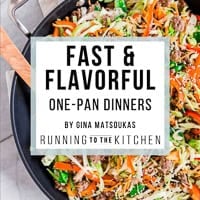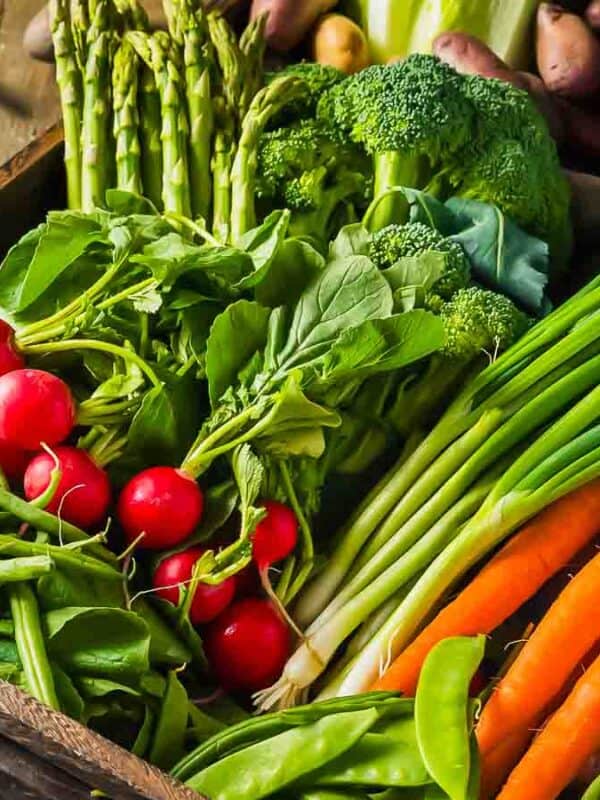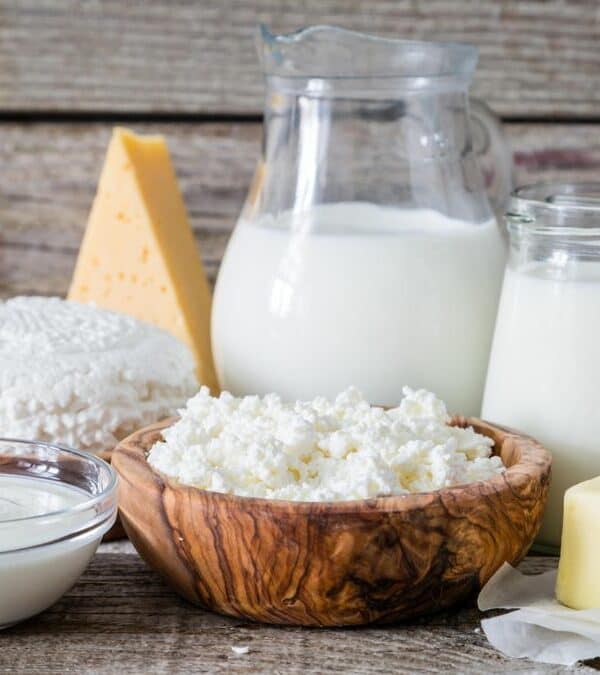Food trends come and go, but their impact on the environment can linger much longer than their popularity. Take a look at how some of our favorite eating habits are not so favorable for the planet. From the water-intensive processes to the emissions-heavy transport of goods, it’s clear that what ends up on our plates can have far-reaching effects

Avocado Demand

Avocado toast might be trendy, but the environmental cost is steep. In water-scarce regions like Mexico, the booming global demand for avocados leads to significant water depletion and deforestation, wreaking havoc on local ecosystems.
Quinoa Popularity
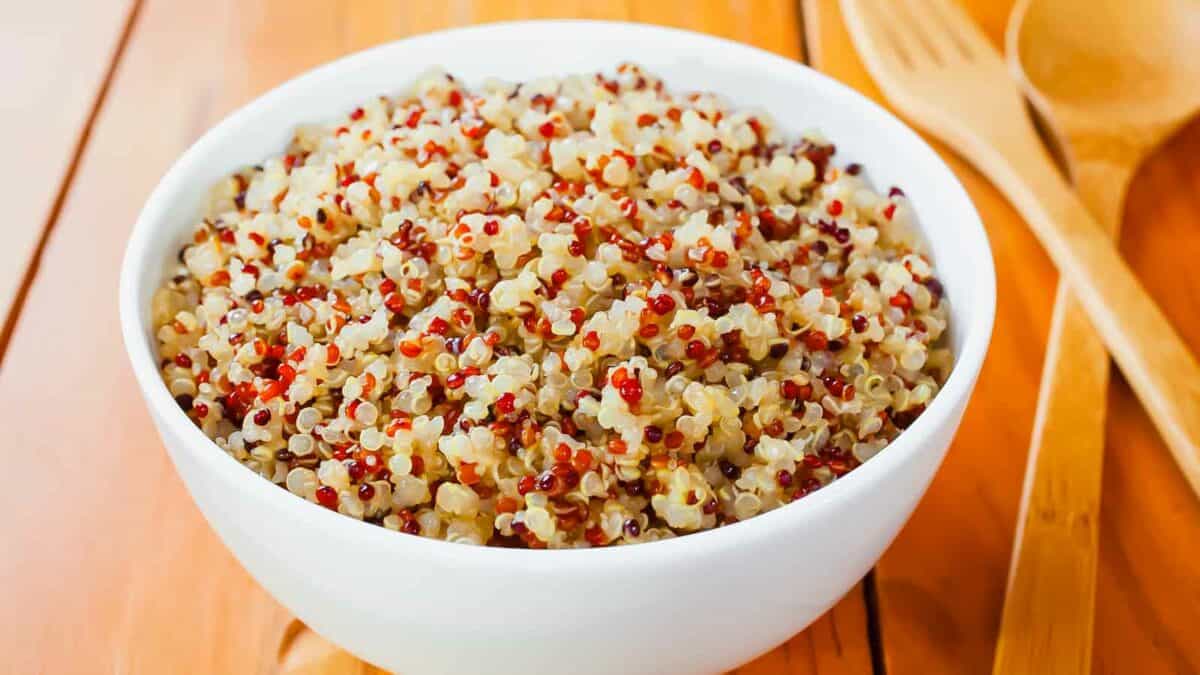
Quinoa’s rise as a superfood has propelled economic gains for Andean farmers but at a cost to the environment. Expanding quinoa cultivation strains natural resources and encroaches on virgin territories, posing a threat to biodiversity.
Almond Milk
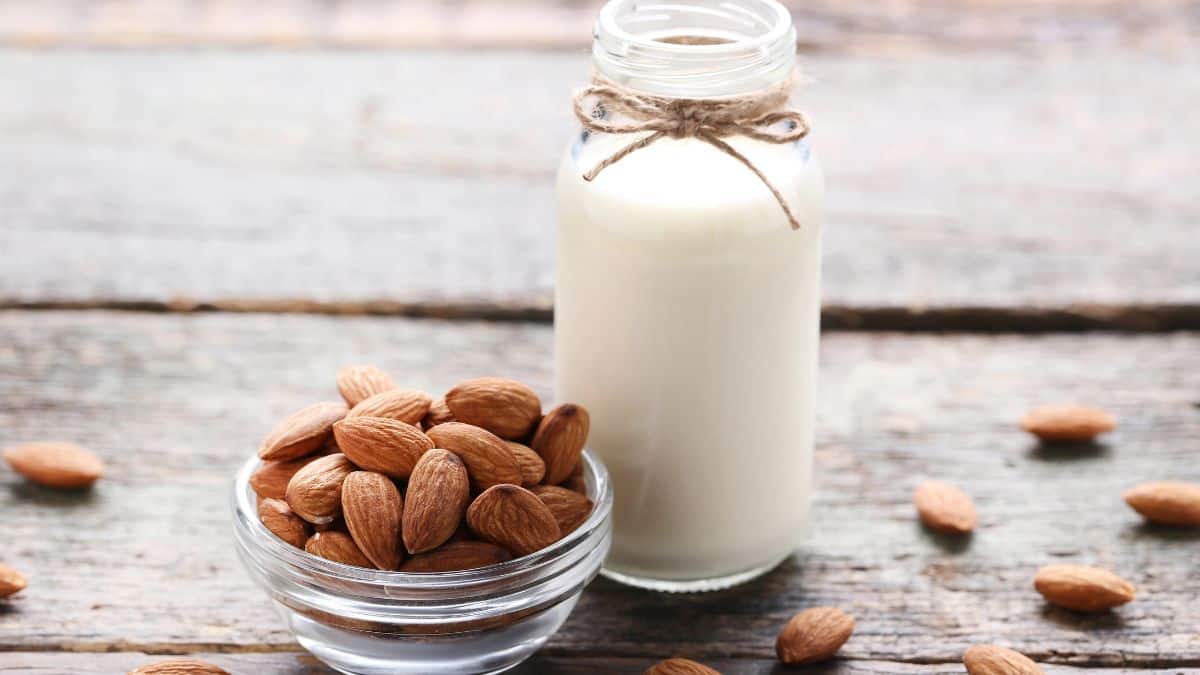
A favorite among dairy-free alternatives, almond milk’s environmental thirst is vast, with each nut requiring over a gallon of water to produce. This heavy demand contributes to water shortages, particularly in arid regions like California.
Coconut Products

The surge in coconut-based products (from refreshing beverages to versatile oils) often results in large-scale deforestation in tropical habitats, diminishing biodiversity and escalating carbon footprints.
Single-Use Plastics

The convenience of individually wrapped snacks and meals has a less appetizing side—escalating plastic waste. This trend fills our oceans and landfills with materials that are slow to degrade, posing long-term environmental threats.
Palm Oil Consumption

The production of palm oil has been linked to deforestation, habitat destruction, and loss of biodiversity in tropical regions like Southeast Asia.
Highly Processed Foods
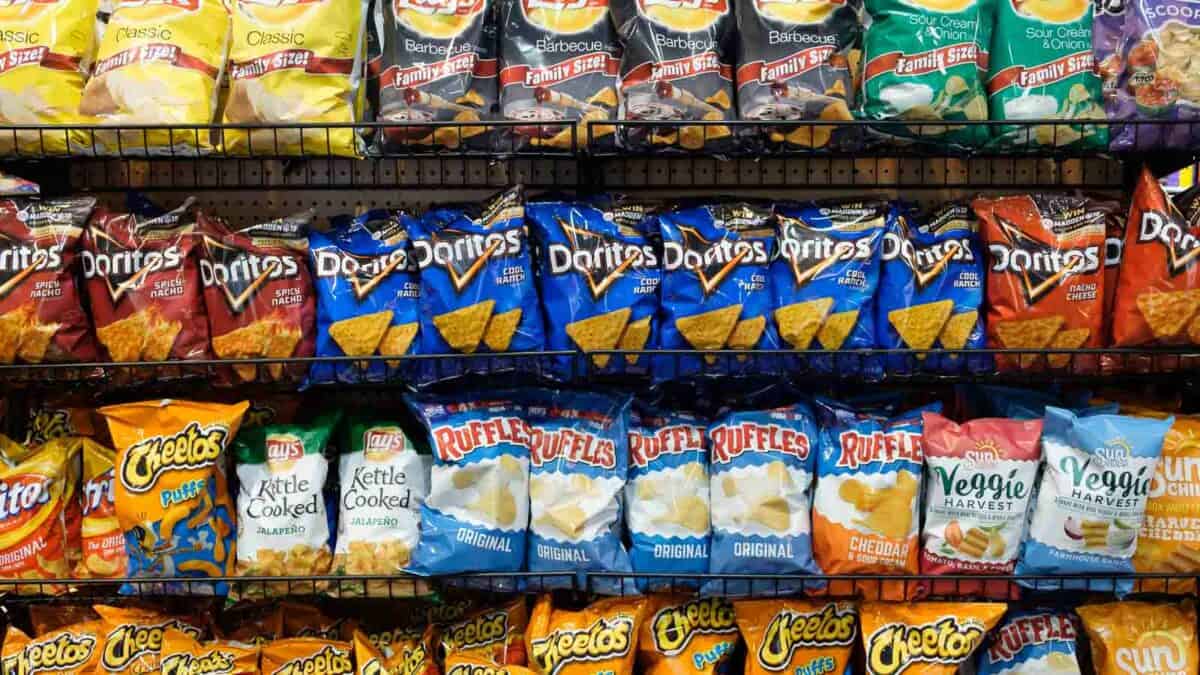
The shift towards ultra-processed foods is not just a health concern but an environmental one. The production of these foods is energy-intensive and often involves long supply chains, which increase carbon emissions and global warming potential.
Exotic Fruit Importation

The desire for year-round exotic fruits leads to extensive carbon emissions due to transportation from distant countries. This not only affects air quality but also involves significant energy expenditure in storage and preservation.
Cacao Production

The sweet allure of chocolate hides a bitter environmental reality. Cacao farming, especially in West Africa, can lead to deforestation and loss of biodiversity as forests are cleared to make way for new crops. Sustainable farming practices are vital to mitigate these impacts.
Exotic Seafood Demand
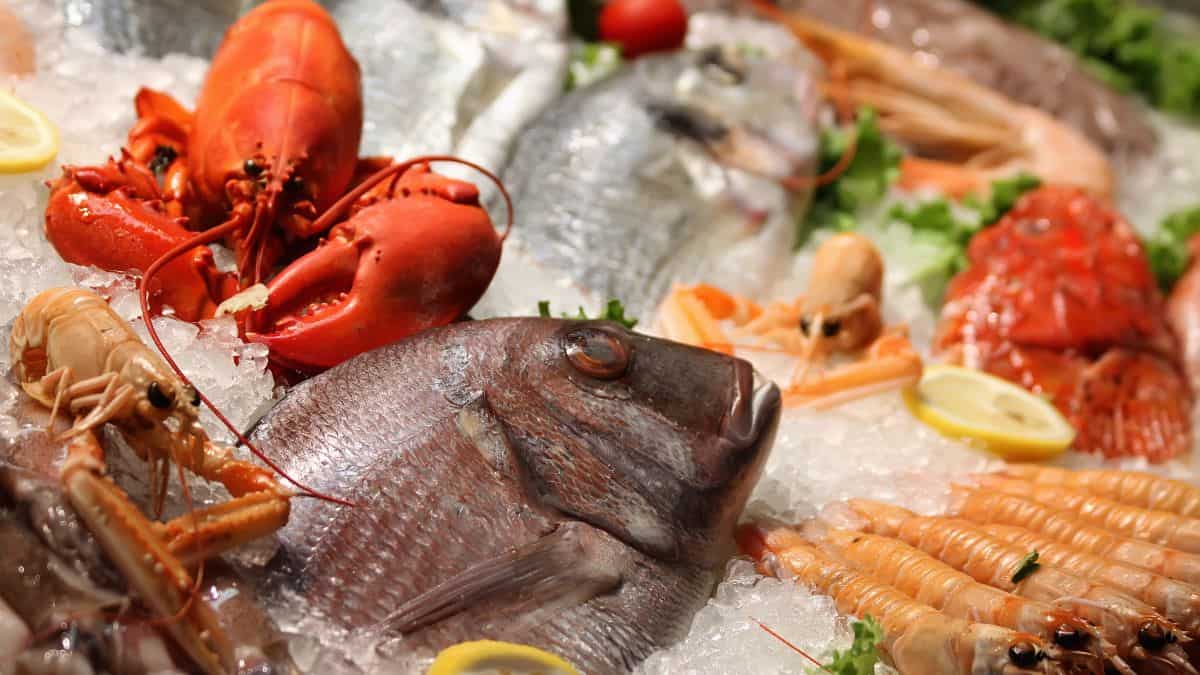
The demand for exotic seafood delicacies can drive overfishing and illegal fishing practices, leading to depletion of fish stocks and habitat destruction.
Delivery Culture

The booming delivery culture, while undeniably convenient, creates a significant amount of waste. From excessive plastic containers to single-use cutlery, takeout orders often generate a mountain of landfill fodder. This trend requires a shift towards reusable options and eco-conscious restaurants to limit its environmental impact.
9 Reasons Why You Should Think Twice Before Eating Quinoa Again
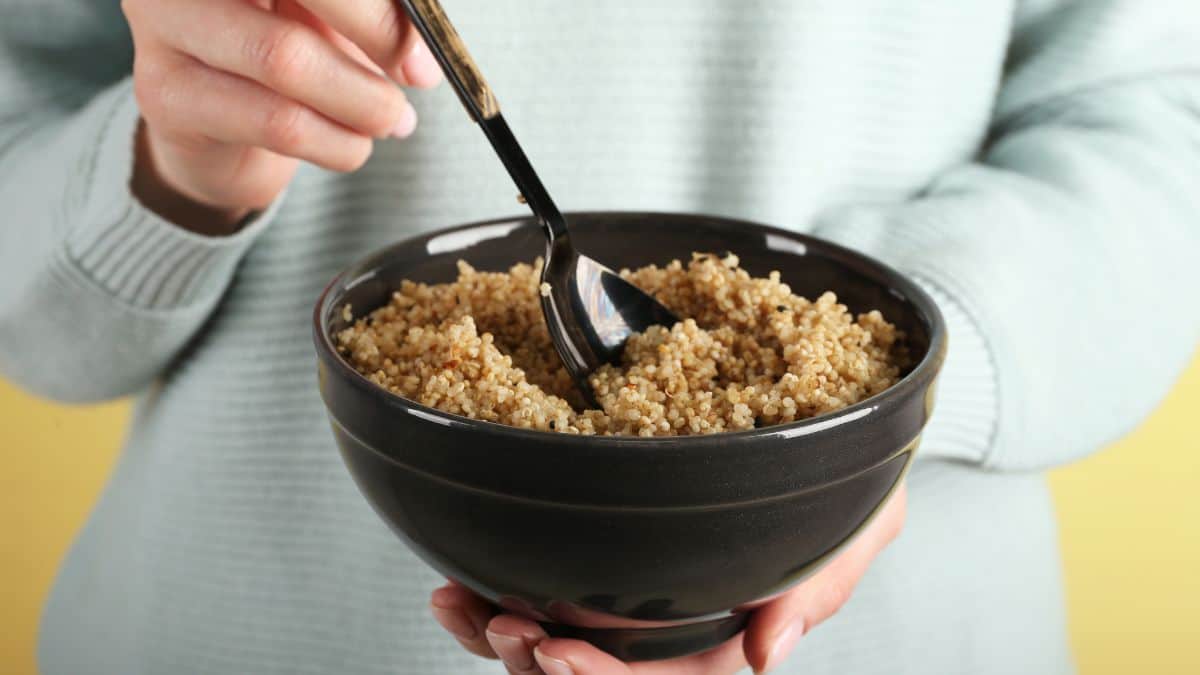
Quinoa might not be the superfood you think it is. While it’s celebrated for its nutritional benefits, there are several downsides from environmental impacts to health drawbacks that often go overlooked. Take a closer look at why you might want to reconsider making quinoa a regular part of your diet.
See Them Here: 9 Reasons Why You Should Think Twice Before Eating Quinoa Again
5 Labels On Chicken That Mean Nothing & 6 To Pay Attention To
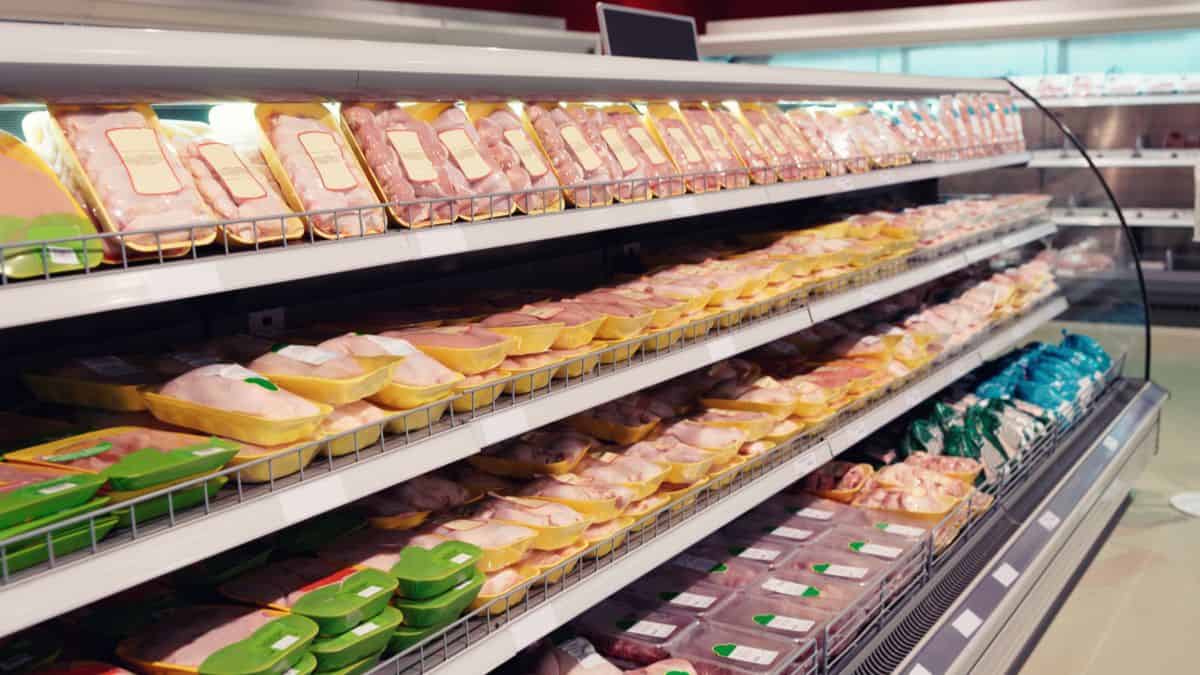
Navigating the grocery store’s poultry aisle can feel like decoding a secret language. “Organic,” “air-chilled,” and “non-GMO” are just a few buzzwords you’ll encounter, each promising a better bird. But which labels actually mean something for the welfare of the chickens and the quality of your dinner? We’re here to cut through the clutter and tell you which chicken labels are worth paying attention to and which ones you can safely ignore.
See Them Here: 5 Labels On Chicken That Mean Nothing & 6 To Pay Attention To
10 Risky Foods That You’re Better Off Avoiding According To Food Safety Experts
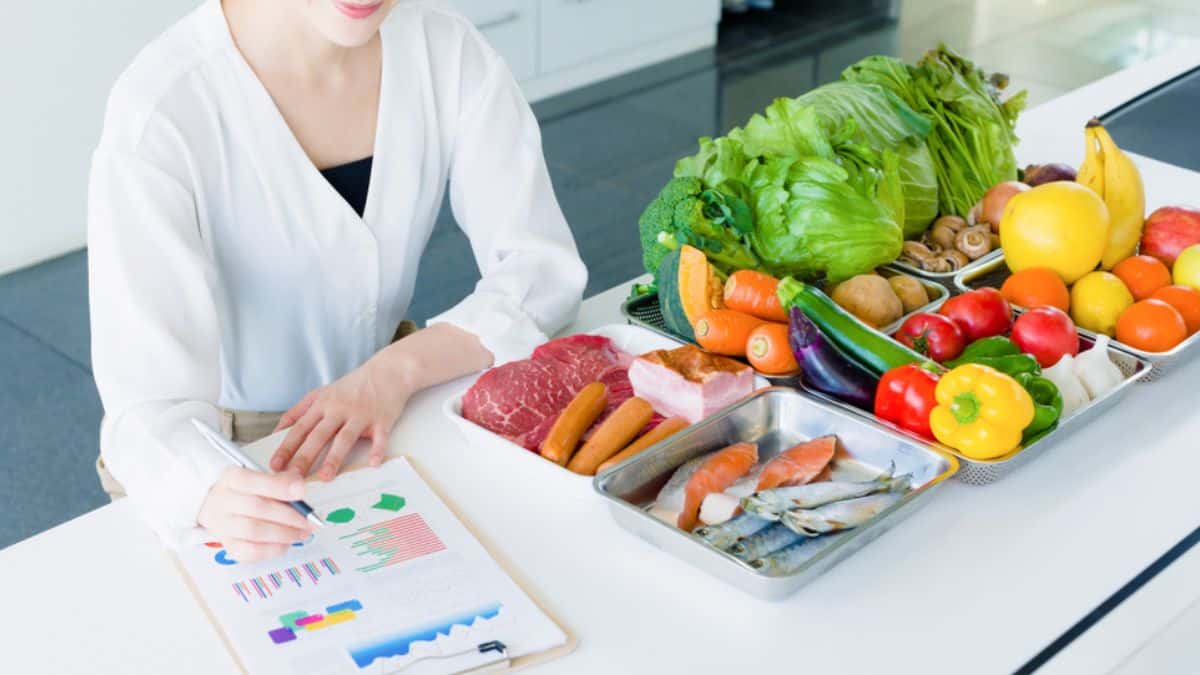
Not to dampen your foodie spirit, but some eats come with a side of risk that’s not listed in the description. From raw sprouts that could be throwing a bacteria party, to that rare steak from your favorite restaurant that’s playing with danger, this guide walks you through the minefield of risky eats out there and offers some safer, just-as-tasty alternatives to try instead.
See Them Here: 10 Risky Foods That You’re Better Off Avoiding According To Food Safety Experts
Select images provided by Depositphotos.
Gina Matsoukas is an AP syndicated writer. She is the founder, photographer and recipe developer of Running to the Kitchen — a food website focused on providing healthy, wholesome recipes using fresh and seasonal ingredients. Her work has been featured in numerous media outlets both digital and print, including MSN, Huffington post, Buzzfeed, Women’s Health and Food Network.
